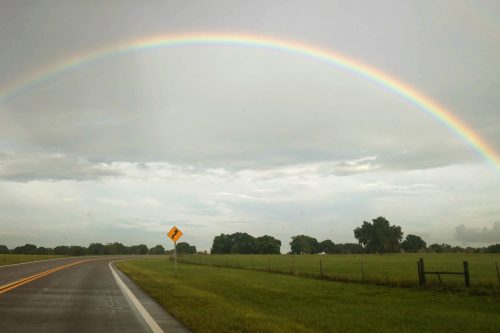About
Home » About1
Enough about me
My bio isn’t as important as your user’s experience, but here’s a few random things about me — organized by concepts relevant to UX:
Form & Function
Growing up, I knew accessible bathrooms should be beautiful and fancy cars aren't always street-legal.
I grew up with pretty constant debate around form vs. function and how they determined the value of a thing. My mother was a kitchen designer and strong advocate for aesthetics. My father sold automotive after-market products and championed all things high performance. My sister steered away from these discussions, but I was always intrigued. I could always see both sides and that they were clearly better off listening to and learning from each other.

Rhythm & Rhyme
Every word matters. Among songwriters, timing and meaning can either ring a bell or blow a whistle.
Like good microcopy, song lyrics — set to the right music — present a dynamic balance of familiarity and surprise. Years ago, I had teachers from the Poynter Institute who very wisely told me that if I wanted to be a better journalist, I should listen to Springsteen. I did, and it did turn me into a better journalist and a songwriter. Then, I met another songwriter, and we fell in love. We take our words very seriously, and we have a lot of fun with them.

Before & After
Remodeling three kitchens and four bathrooms has tested my creative problem solving abilities, and more.
It’s not just that I am driven towards — ok, possibly obsessed with — perpetual improvement. Few things in life have given me more satisfaction than a begrudging building inspector signing off on a permit and then asking, “now how the hell did you do that?” I love a good challenge! When it comes to construction projects, I do a lot of my own stunts. Life lessons like “measure twice, cut once” I have learned, deep down to my core. Applying that to UX, measuring twice means going back and again to research and gather feedback from users. Which clearly no one did in my absurdly narrow pink bathroom.

Listen & Learn
Listening plays a big part in this consensus process I practice that's been in use for three and a half centuries.
The Society of Friends, or “Quakers” have a tradition of not only worshipping together, but also conducting business meetings, where important decisions are made — in silence. Of course people do speak. But they speak very carefully, following a sort of flowchart of discernment, and with healthy stretches of silence in between what is shared. It requires close attention to what has already been voiced and what has not. I’ve been engaging in this practice this for a long time and have found it to be helps me in all kinds of meetings and other collaborations.
